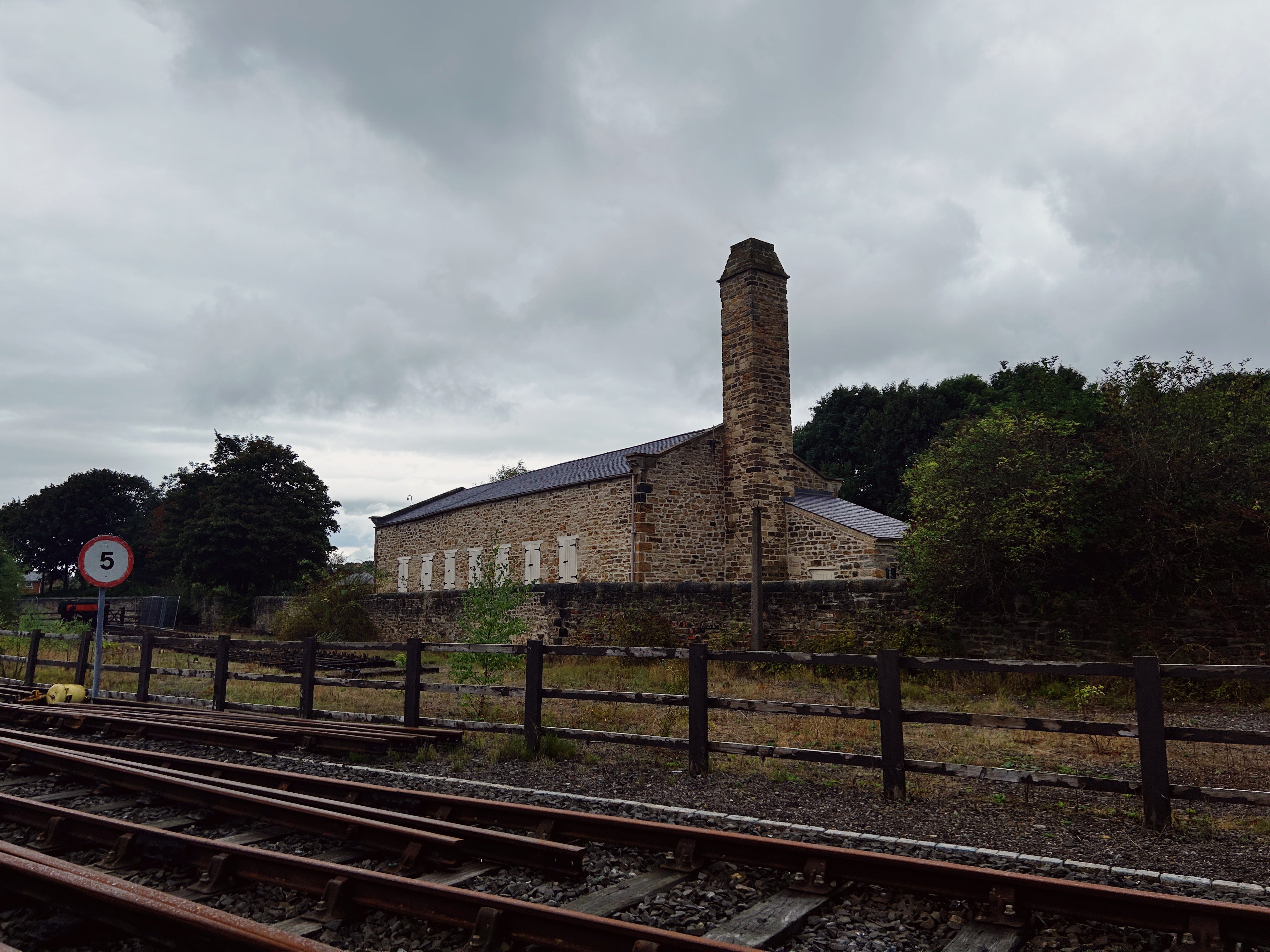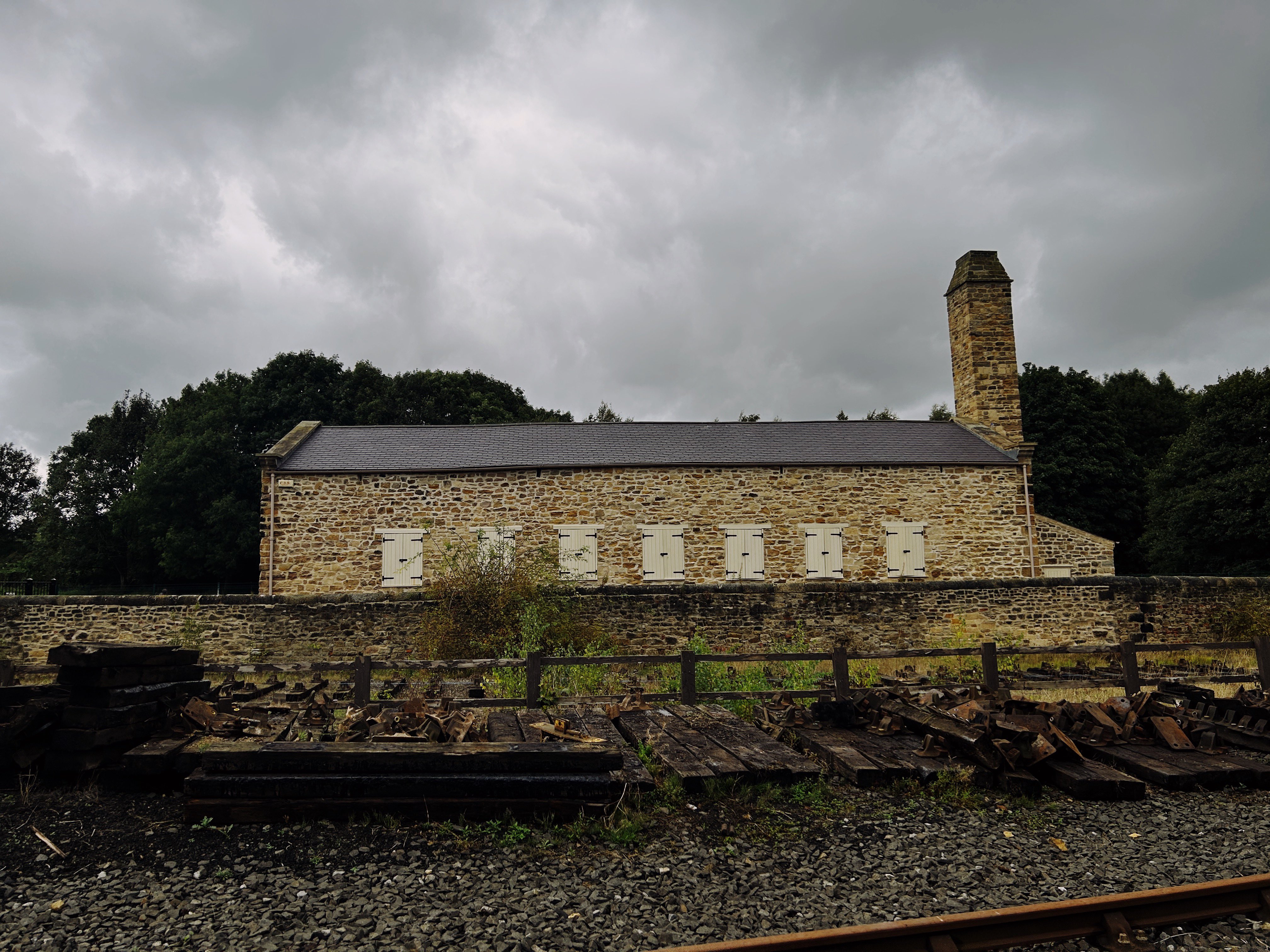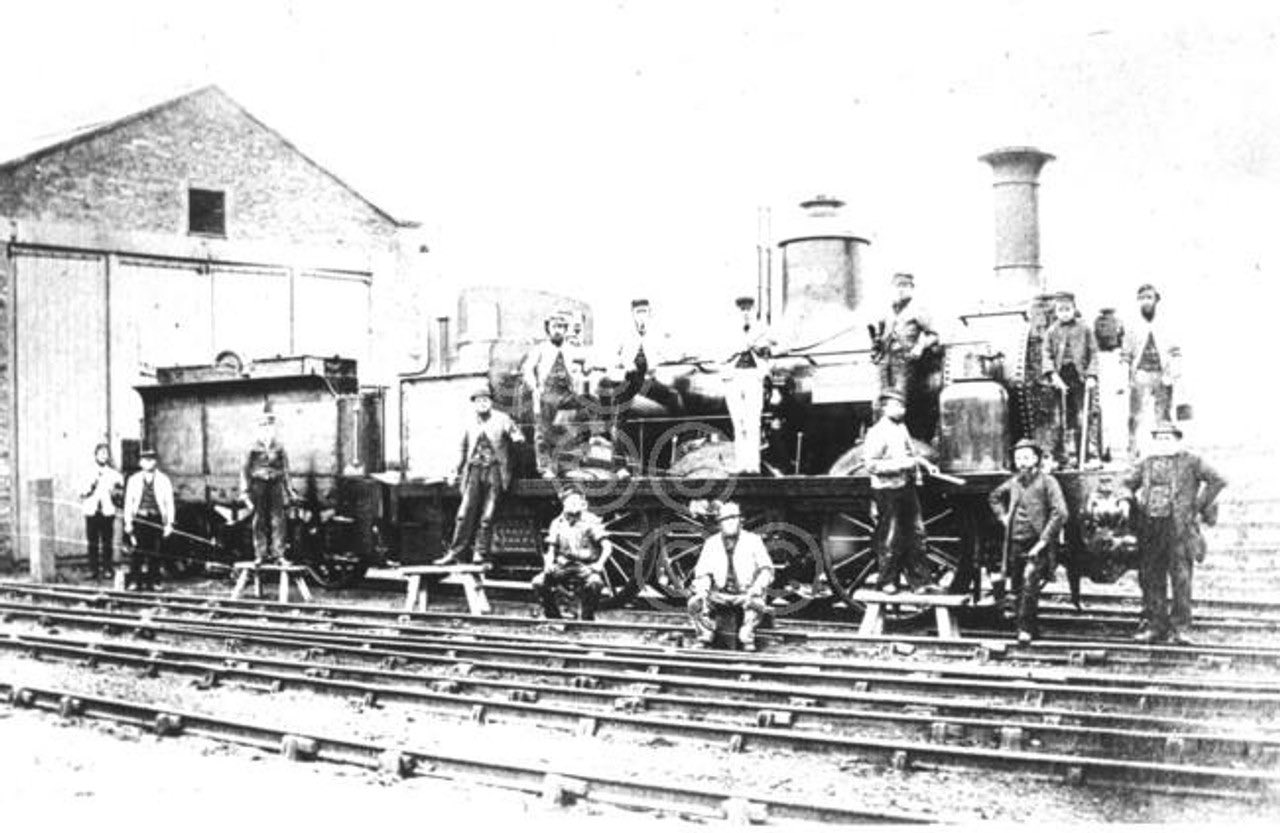
Shildon, County Durham
Soho Engine Shed
Last Updated:
11 Oct 2023
Shildon, County Durham
This is a
Engine Shed
54.626532, -1.640527
Founded in
Current status is
Extant
Designer (if known):

Listed Grade II*
This fairly simple shed in Shildon is one of the most important railway buildings in the world. I seem to be saying that a lot about Shildon!
This is the Soho Engine Shed, first used as a warehouse in 1826 but later part of Timothy Hackworth’s locomotive works. It was built for Messrs Kilburn of Bishop Auckland, an iron merchant, to store their goods, and was strategically placed to exploit the riches of the Stockton & Darlington.
By the 1840s it was leased by the Soho Works, established by the Hackworth’s a decade earlier who built locomotives for home and abroad. This includes the Sans Pareil which took part in the Rainhill Trials alongside Rocket. In fact, Hackworth actually worked at Forth Banks in Newcastle for a short time under Stephenson.
It was later used as the site where freshly painted locomotives would dry off with underfloor heating. The chimney was added around this time.
An incredible but humble survivor.
Listing Description (if available)


The Ordnance Survey maps above illustrate the Soho Works are from the mid 19th century through to the turn of the 1900s. The engine shed is illustrated but not annotated in the centre of the plan.
The layout is very much retained through the decades, but gets gradually more dense with the inclusion of Shildon Colliery and the Marshalling yards to the east. The village of New Shildon itself also expands significantly with the growth of industry in the town, complete with another colliery near the Shildon Brickworks. By the 1890s Shildon was outgrowing itself. The Sebastapol roundhouse in the west of the village was replaced with Shildon Wagon Works.

This map was published in 1924 but was surveyed just before WWI. Little had changed since the 1890s, but further amenities can be spotted for the people of Shildon as they started to strive for a better standard of living outside of work. A golf course can be seen, alongside a number of churches. Just outside of view there was a football ground at Shildon Wagon Works.
At this time, the shed was used as a paint shop and underfloor heating was added to speed up the process.

The Soho Engine Shed can be seen adjacent to the old Surtees Railway trackbed in 2023.. It led to Shildon Lodge Colliery.

A view of its south elevation in 2023. The chimney was added in the latter half of the 19th century.

Shildon-built locomotive number 190 - name Summer - outside the Soho shed in 1870. Source : Newsquest
